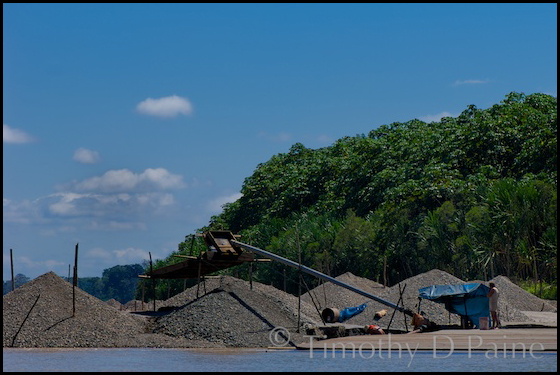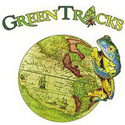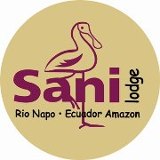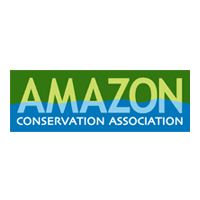Conservation Through Travel
Some of you may have noticed that I gave a presentation at our Treewalkers International event in San Diego last month. Microcosm 2013 was a big success. Over the years I’ve given a series of lectures at frog events with each talk building on the previous. My theme has been the same – for conservation to truly have a long lasting effect, we must have a direct connection and experience to the systems we want to conserve. My first iteration of this talk was to convince people that we need to be spending more time outdoors interacting with the natural systems and exploring them. I suggested that beginners try day hikes around local parks and open spaces around their community and explore the flora and fauna. As their comfort levels and experience grow then people can expand their horizons by taking overnight or weekend trips to other natural regions within their states; always exploring the details of these environments and not just a passive sightseer. I challenged people further to then take the plunge and explore further out in their country and ultimately to explore the ecosystems of other countries, and literally foreign environments.

The rivers, the forests, and all they contain are waiting for your visit.
My point was that sending a token check to a mega conservation organization was not enough to turn the tide of indifference or convenience. If someone had a direct connection, a personal experience, to an environment or a place then they would be more apt to demand its protection. I feel this is especially important as not every imperiled system had a representative panda or tiger to rally behind.

A couple young boys in the remote Sira region of Peru see a team of travelers come across the globe to see their frogs.
My second version of this talk was to continue this outdoor travel and contact experience but to also bring others into this mode of thinking, even if they are unaware. Take your kids, your friends, or your family with you. Vicariously take your friends, neighbors, and coworkers with you. Tell, no preach, to everyone who will listen of your weekends spent looking at ferns and salamanders. Tell them about your trips to the desert looking for lizards and snakes. Sure they may think you are weird. Especially to those of you that follow this site and share our passion for frogs, and snakes, and slithery unsung creatures. But having done this for many years my oddness has become a badge I wear proudly. Where years ago I’d get sideways glances or good-natured barbs I now get queries. My friends and acquaintances come to me with their own stories of found creatures or look to me to explain life history or confirm myths. And more importantly animals and environments that would have been ignored years ago now have some meaning, some small level of connection, to people who may not have had that feeling before. I have friends who not too long ago didn’t know what a salamander was, nor care whether it or its environment survive, now think that they may be cool or even important. And when the time comes that the conservation issue is in front of them these animals may get a second look, a little more attention, a chance.

A conservation traveler can see firsthand the effects of gold mining on the Rio Madre de Dios.
Pages: 1 2







14 comments
How awe inspiring! One can feel your pulse and your heartbeat when you speak of your desire to protect and conserve. I’m very proud of you and what you are doing and stand for.
7ryp0f
gzzzs5
bp09q5
bnan9m
oypvys
d1muih
dvz8ug
ksq6to
o5qhaj
q4vvzp
kwnp39
jcnisa
vffvpr